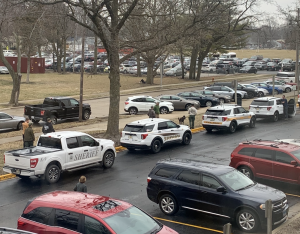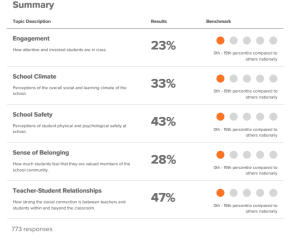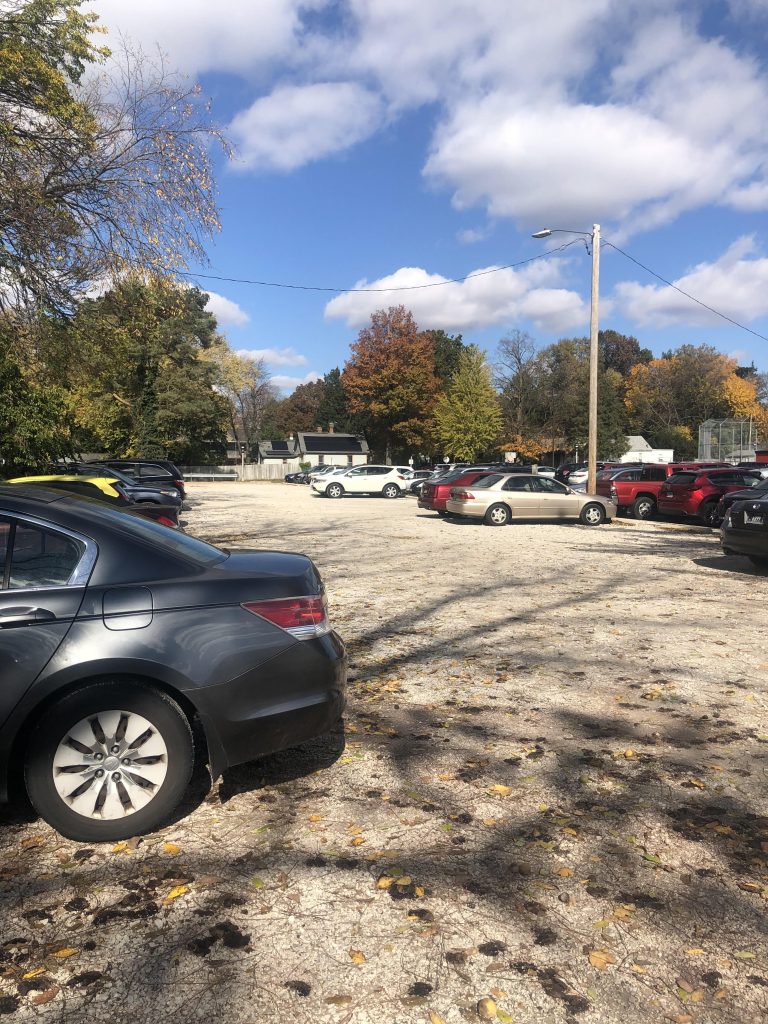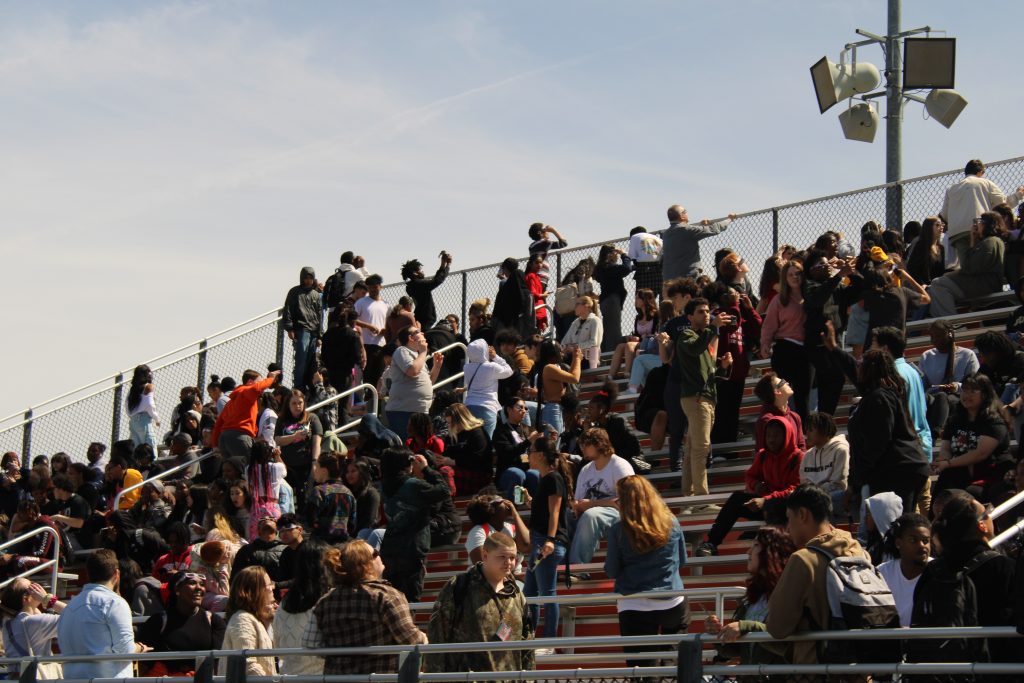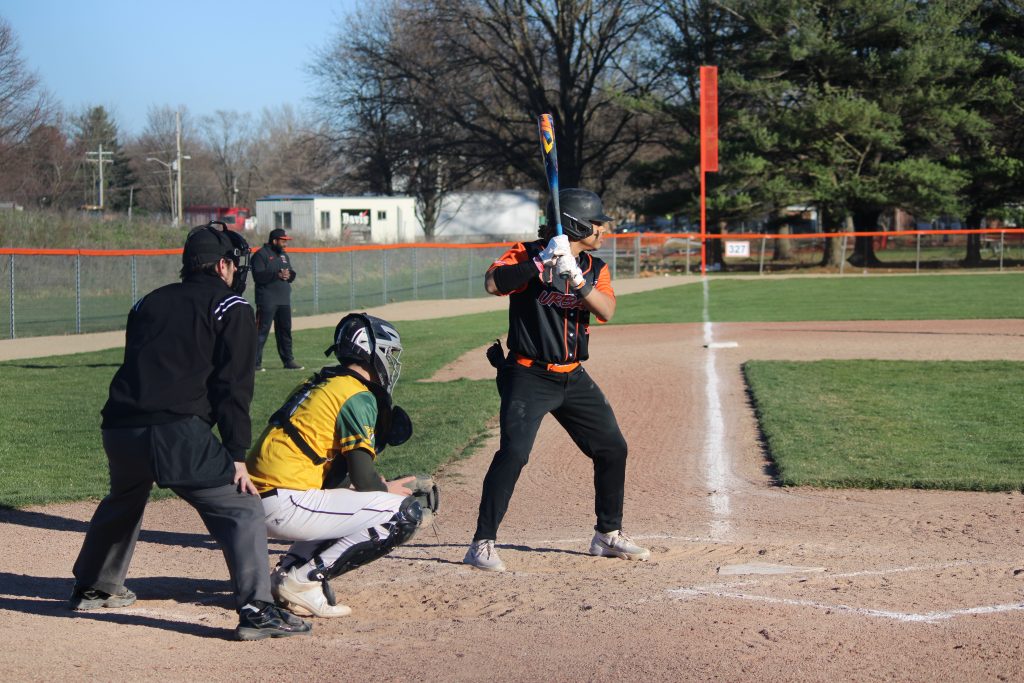Bhoja Air Flight Crash
The aircraft, a Boeing 737-236 registered as AP-BKC, was making a flight from Karachi to Islamabad, the first flight flown on that route by Bhoja Air. Stormy weather interfered with the plane’s attempt to land. Although the exact nature of this interference is disputed, with eyewitness reports claiming both that the pilot lost control and crashed and that the plane was struck by lightning, while experts who were not on the scene have attributed it to wind sheer.
Regardless, the plane was subjected to interference while trying to land, resulting in it crashing several kilometers away from Benzair Bhutto International Airport in Islamabad, its target destination.
The airport was subsequently closed for three hours, with flights scheduled for Islamabad being diverted to Allama Iqbal International Airport, Lahore.
The plane’s debris was scattered across a wide area, with debris being found up to a kilometer away from the crash site. At least 120 bodies and 150 bags of body parts have been recovered, the latter being sent to hospitals for identification. There were no casualties on the ground.
Of the passengers, there were 110 adults, six children, and five infants.
The incident has prompted an investigation into Bhorja Airlines and the circumstances of the crash by the Civil Aviation Authority of Pakistan (CAAP) and the Safety Investigation Board of Pakistan under the authority of the president and prime minister.
Blame for the crash has fallen upon the CAAP, which certified the plane, which entered service in 1984, as airworthy. In response, the CAAP declared that it would re-certify every plane in the country.
Freshman Isaiah Sullivan somewhat agreed with the sentiment. Sullivan said, the crash was the responsibility of “[either] the person flying the plane, or maybe the person who let it fly.”
Bhoja Air announced that the heirs of the victims would recieve 500,000 rupees in compensation. The CAAP mandated that they also provide free transportation of the bodies.
Boeing Co. has extended its condolences to the relatives of the victims and stated its willingness to provide technical assistance to the CAAP investigators.
Blame among the Urbana High School student body has varied. Sophomore Zikang Tong said that the crash was “[caused by] the weather.”
The crash was the second deadliest aviation-related accident to take place on Pakistani soil. The deadliest was that of Airblue Flight 202, whose crash near Islamabad left all 152 on board dead.


